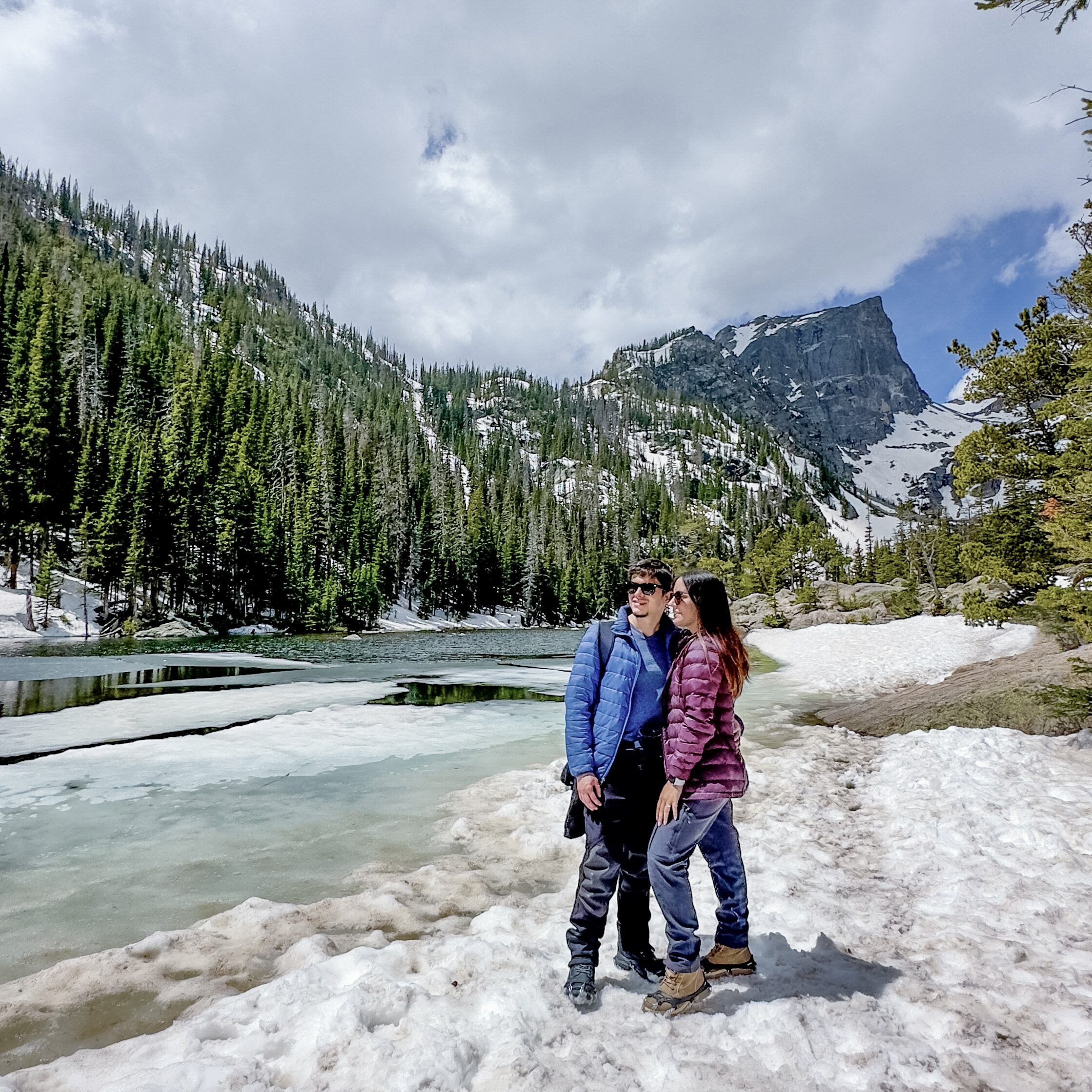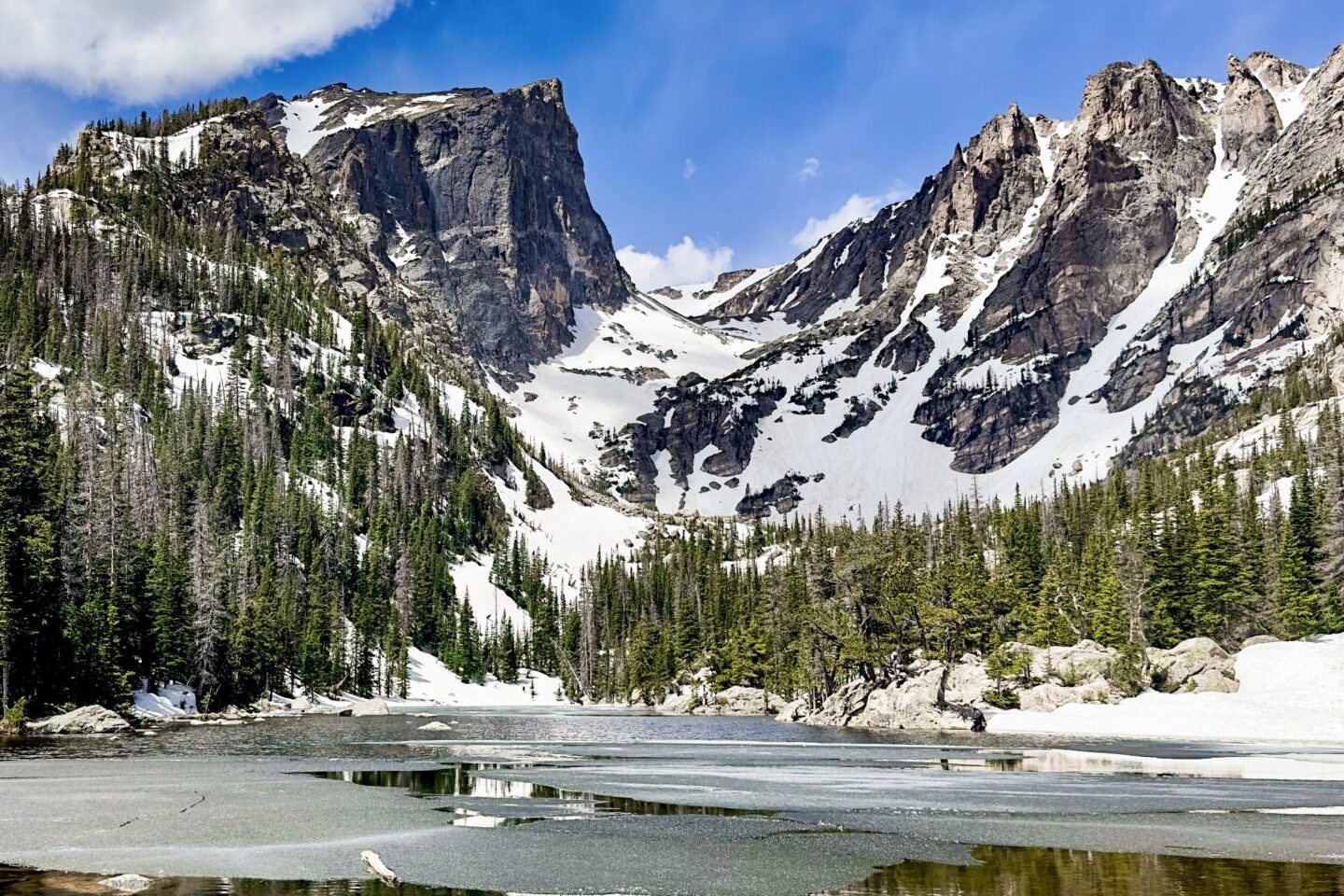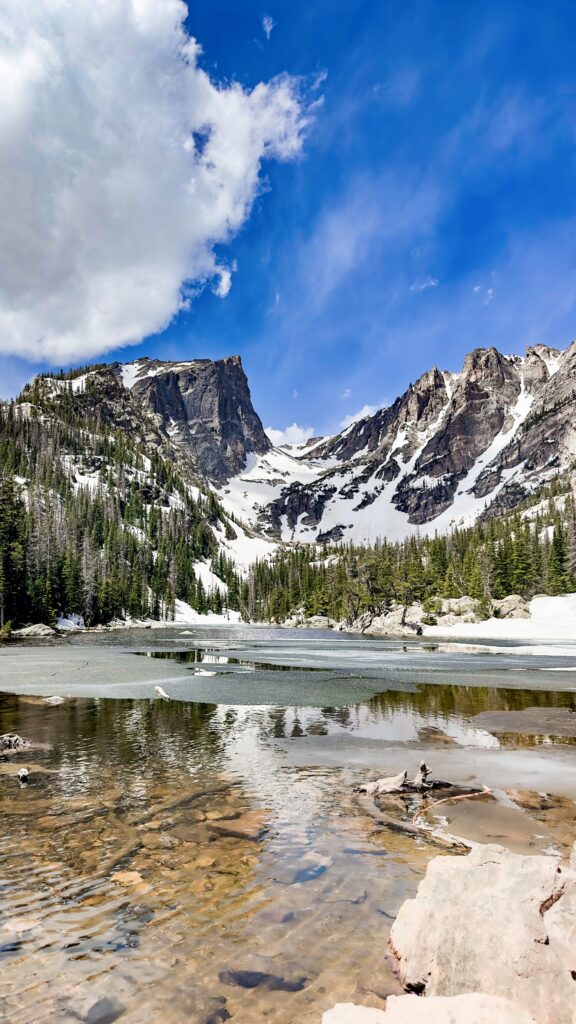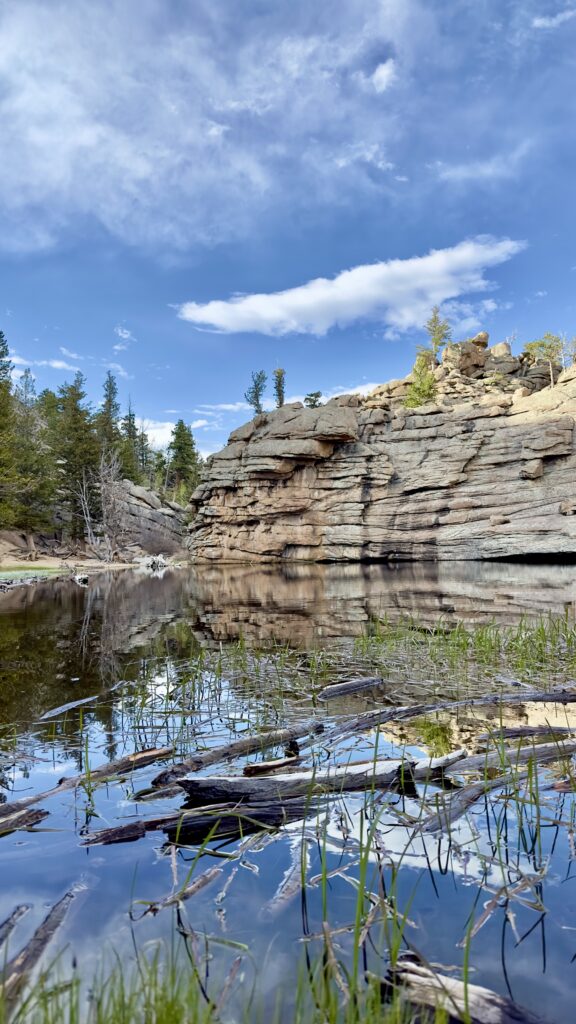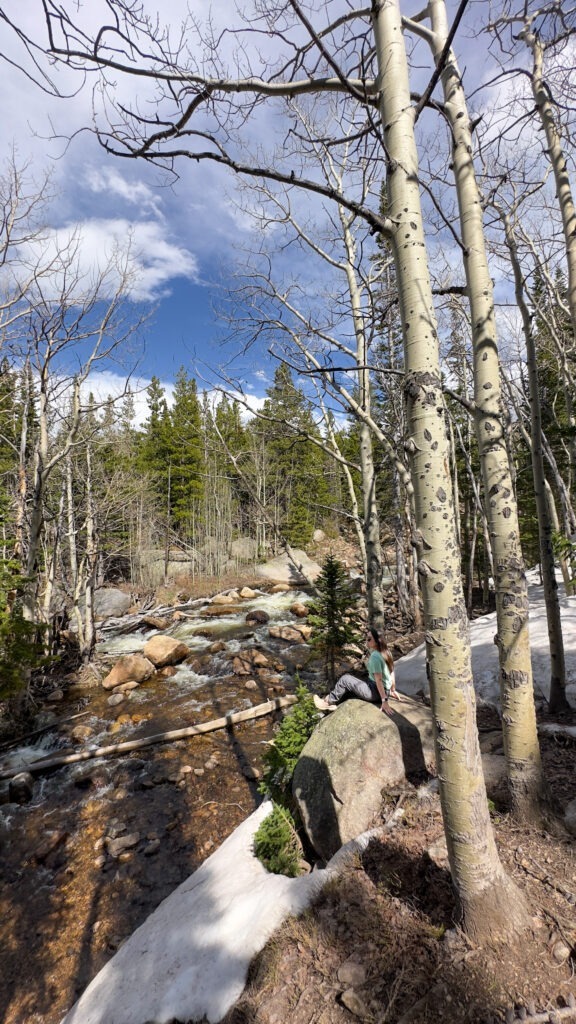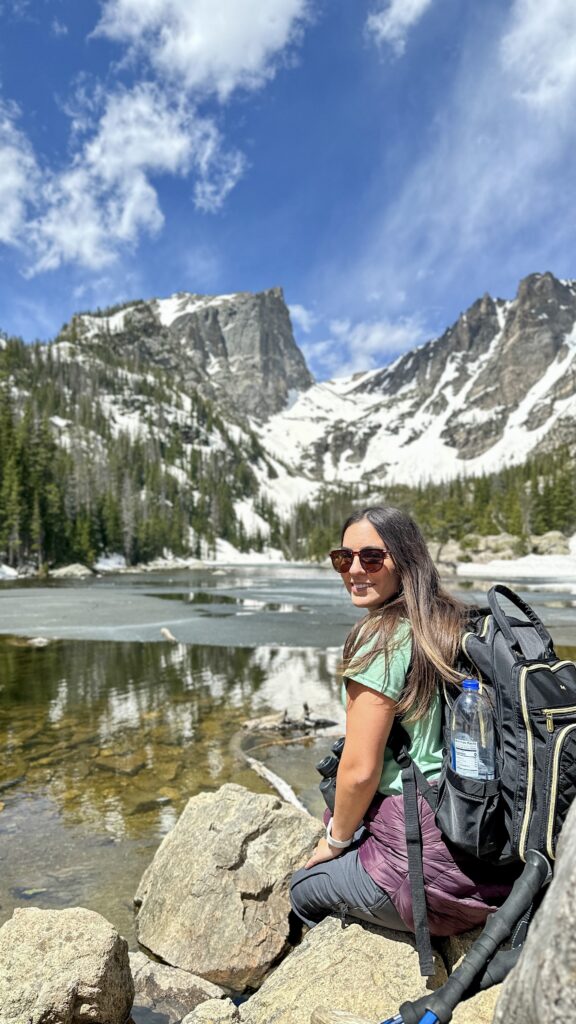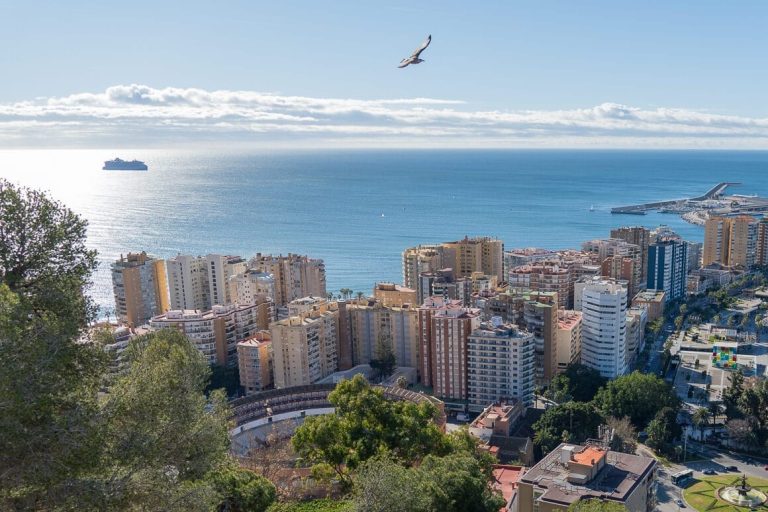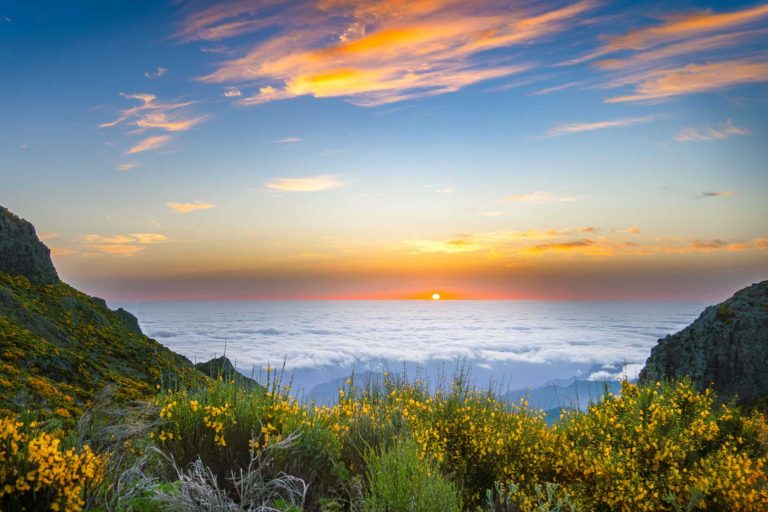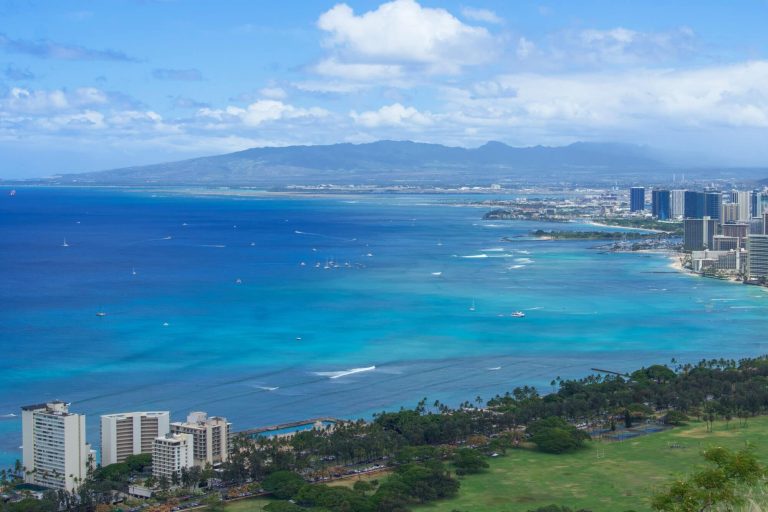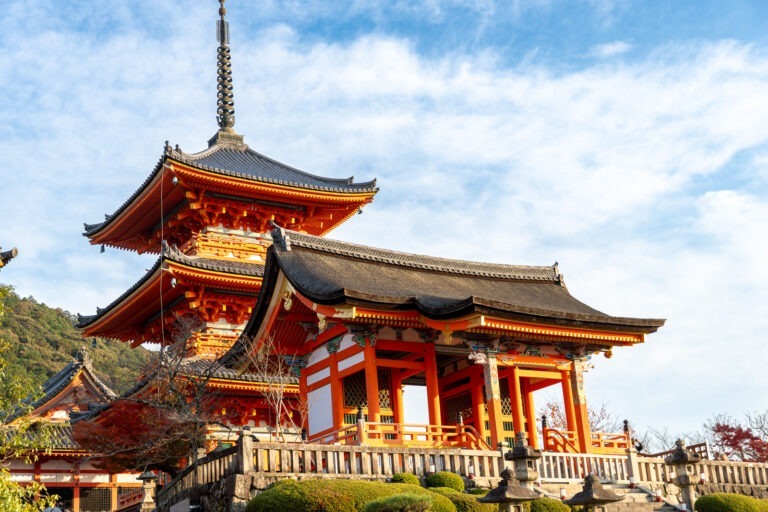Complete Guide & Places To Stay In Rocky Mountain National Park + Highlights Map
Rocky Mountain National Park, Colorado
Looking for a complete guide and places to stay in Rocky Mountain National Park? You are in the correct place! Situated in the heart of Colorado, Rocky Mountain National Park (RMNP) is one of the most breathtaking places we have ever visited. Think towering peaks, alpine lakes, abundant wildlife, and endless trails. It is a paradise for outdoor lovers. Whether you are here for the hikes, the scenic drives, or just to breathe in the crisp mountain air, RMNP is a destination that is sure to leave you wanting to come back for more, or at the very least wanting to explore more of the beautiful US National Parks.
Disclaimer: This post contains affiliate links. When you click these links, we may get a small commission that won’t cost you anything, but it does help us run this website!
Best Time to Visit
Timing is everything when it comes to RMNP. We visited at the end of May, and it was magical—golden aspens, mild temperatures, and fewer crowds than te peak summer season. If you love snow-covered landscapes and solitude, winter is enchanting but requires extra preparation. Summer (June to August) offers the most accessible hiking conditions, but it’s also the busiest time. Spring (April to June) is a great time for waterfalls, but trails at higher elevations may still be snow-covered and Trail Ridge Road may still be closed due to snow. We got very lucky and went right after Trail Ridge Road opened in May but the opening sometimes gets delayed until June, depending on how much snow there is.
What You Need to Know Before Visiting
Before heading to Rocky Mountain National Park, there are a few important things to keep in mind:
- Altitude Sickness – Many areas of RMNP are above 8,000 feet, with some trails and roads exceeding 12,000 feet. Altitude sickness can affect visitors who aren’t acclimated, causing headaches, nausea, dizziness, and shortness of breath. To minimize symptoms, drink plenty of water, take it slow, and consider spending a day at a lower elevation before tackling high-altitude hikes. Coming from Florida, we are definitely not used to higher elevations. We did feel shortness of breath and a light headache and my eyes got very dry and red.
- Road Closures – Trail Ridge Road and other high-elevation routes can close unexpectedly due to snow, even in the summer. Always check road conditions on the National Park Service website before your visit.
- Limited Cell Service – Many areas of the park have little to no cell reception. Download maps and trail information ahead of time.
- Leave No Trace – Help preserve the beauty of RMNP by packing out all trash, staying on designated trails, and respecting wildlife.
Entrance Fee and Timed-Entry Permit System
To enter RMNP, you’ll need to pay an entrance fee of $30 per vehicle for a one-day pass or $35 for a seven-day pass. If you plan on visiting multiple national parks, the $80 America the Beautiful annual pass is a great option.
From late May to mid-October, the park requires a timed-entry permit for access during peak hours (typically between 9 AM and 3 PM). Be sure to reserve your permit in advance through the National Park Service website, as spots fill up quickly. For more details, visit the National Park Service RMNP website or the Timed Entry Reservation Page.
How Many Days to Stay
Ideally, we’d recommend spending at least three days in RMNP. This gives you time to explore the major highlights without feeling rushed. If you only have a day or two, you can still experience some breathtaking views and short hikes, but a longer stay allows you to immerse yourself in the park’s diverse landscapes.
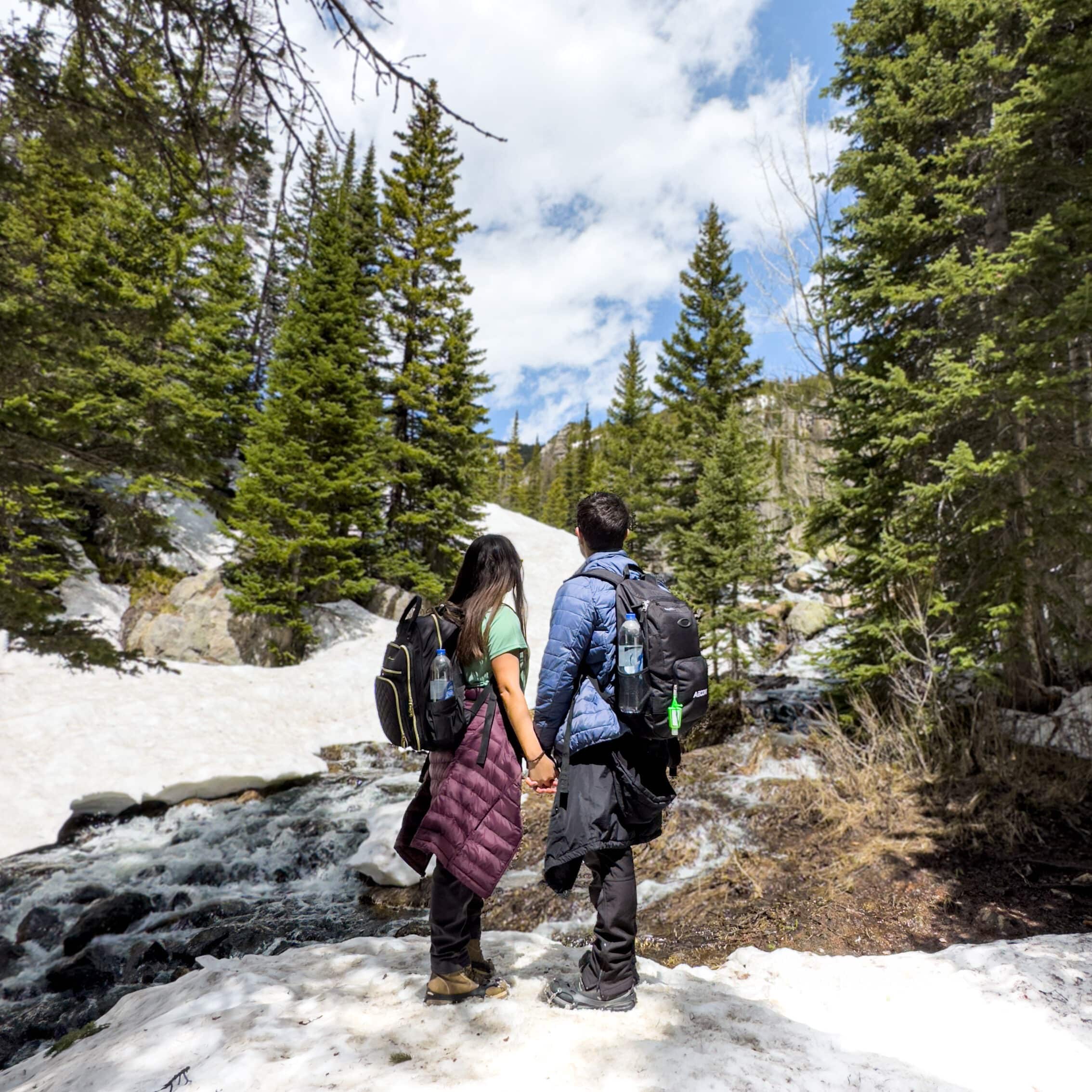
Rocky mountain national park places to stay
Your choice of accommodations depends on your travel style. Here are a few options:
Inside the Park: For the more adventurous
- Camping – Moraine Park and Glacier Basin campgrounds offer incredible scenery and a chance to wake up in nature.
- Backcountry Camping – If you’re up for an adventure, get a permit and camp in the wilderness.
In Estes Park: Our top choice
- The Stanley Hotel – Famous for inspiring The Shining, this historic hotel is a fun place to stay.
- YMCA of the Rockies – Great for families with plenty of activities.
- Hotel Estes – A great family-friendly property with sweeping mountain views .
🏨 Check accommodation prices here!! 🏨
How to Get to the Park
The nearest major airport is Denver International Airport, about a 90-minute drive from the park. From Denver, we rented a car and took US-36 through Boulder to Estes Park, the charming gateway town to RMNP. If you prefer public transportation, the Estes Park Shuttle offers seasonal service from Denver.



How to Get Around
Renting a car is the best way to explore RMNP, but during peak season, parking can be tricky. We recommend entering the park early (before 8 AM) to find parking at the Bear Lake parking lot and then taking the free park shuttle, which runs along Bear Lake Road and stops at major trailheads. If you are visiting in winter, ensure your car is equipped for snowy conditions.
🚗 Check pricing and availability of rental cars for your RMNP adventure here!! 🚗
Best Trails to Hike
Hiking in RMNP is an absolute must! Here are our top picks from easy to stenuous:
- Bear Lake (0.6 miles round-trip, easy) – A short, scenic walk perfect for all fitness levels. This is one of the most picturesque spots in the park, perfect for sunrise photography. Arrive before 8 AM because the parking lot fills up quickly. This is one of the easy rocky mountain national park hikes.
- Alberta Falls (1.6 miles round-trip, easy) – A short but scenic trail leading to a powerful waterfall. This is a great option for families and those looking for a rewarding and easy rocky mountain national park hike.
- Alpine Ridge Trail (0.6 miles round-trip, moderate) – Though short, this steep trail at the Alpine Visitor Center takes you to over 12,000 feet, offering some of the best panoramic views in the park.
- Gem Lake (3.4 miles round-trip, moderate) – A unique hike with rocky terrain and impressive views of Estes Park. Gem Lake is a small, picturesque lake surrounded by dramatic rock formations.
- Bear, Nymph, Dream & Emerald Lakes (3.6 miles round-trip, moderate) – This moderate hike takes you past stunning alpine lakes, including Dream Lake and Emerald Lake. This was our favorite hike considering it wasn’t extremely hard and the views were incredible (pictured below). It’s a continuation of the Bear Lake hike. A must-do!
- Chasm Lake (8.2 miles round-trip, strenuous) – One of the most stunning hikes in the park! The final ascent takes you to a gorgeous alpine lake at the base of Longs Peak.
- Sky Pond (9.4 miles round-trip, strenuous) – This challenging trek rewards you with jaw-dropping views of waterfalls, jagged peaks, and the pristine Sky Pond.
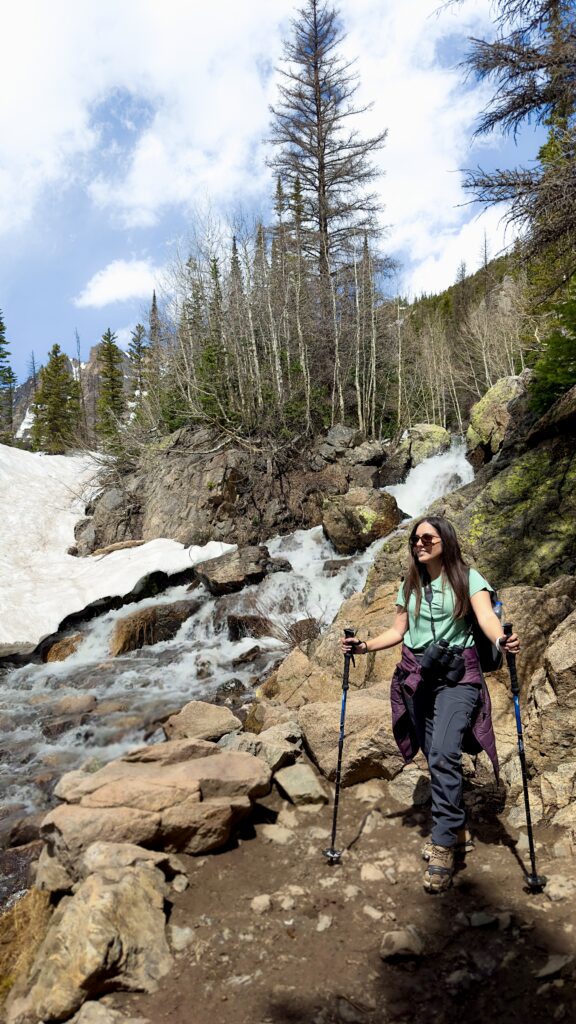
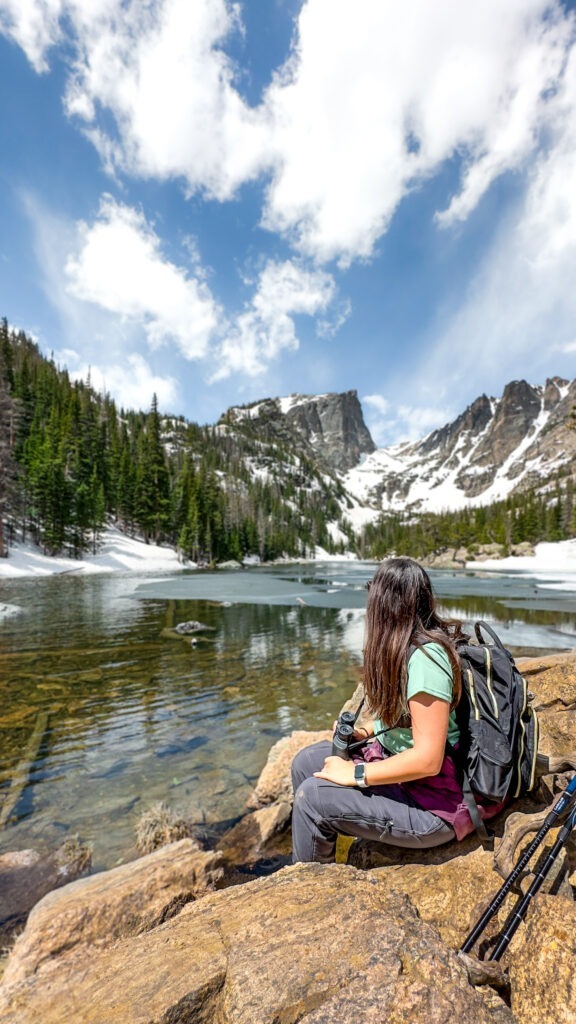
1 Day in Rocky Mountain National Park
Only have 1 day in Rocky Mountain National Park? Here’s what we would do:
Start your day early and arrive at the park before 8 AM. Park on the Bear Lake parking lot and do the Bear, Nymph, Dream & Emerald Lakes hike. This is a moderate ~3.6 miles round-trip trail that will take you to some of the most beautiful lakes in the park. It should take about 3 hours, probably more depending on how many picture stops you make, but altitude sickness could slow you down. It took us way longer than we want to admit to complete it because we made plenty of stops.
After the lakes hike, we recommend continuing to the Alberta Falls trail. You do not need to leave the parking lot. This is an easy 1.6-mile round-trip trail with a powerful waterfall at the end.
After that, you are probably going to be tired so it is time to drive the scenic Trail Ridge Road. We recommend driving to the Alpine Visitor Center and stopping at all the amazing viewpoints along the way for incredible views of the park and wildlife sightings. You can then hike the Alpine Ridge Trail. A short 0.6-mile round-trip moderate trail. It is short but steep, and it takes you to over 12,000 feet, offering some of the best panoramic views in the park.
If you still have energy, you can stay until nighttime for some of the best stargazing in the country. Popular stargazing locations include the pullouts along Trail Ridge Road, Bear Lake, and the Alpine Visitor Center.
Snow on the Trails
Snow can be present on RMNP trails well into late spring and even early summer, especially at higher elevations. Here’s what you need to know:
- Seasonal Conditions – Lower elevation trails may be snow-free by April or May, but higher elevation trails, such as those leading to Sky Pond or Chasm Lake, can have snow and ice into July.
- Traction and Gear – If hiking in snowy conditions, bring microspikes or crampons for traction and trekking poles for stability.
- Route Finding – Snow can obscure trails, making navigation challenging. Carry a map and know your route before heading out.
- Avalanche Risk – In winter and early spring, certain areas may have avalanche danger. Check avalanche forecasts if venturing into snowy backcountry areas.
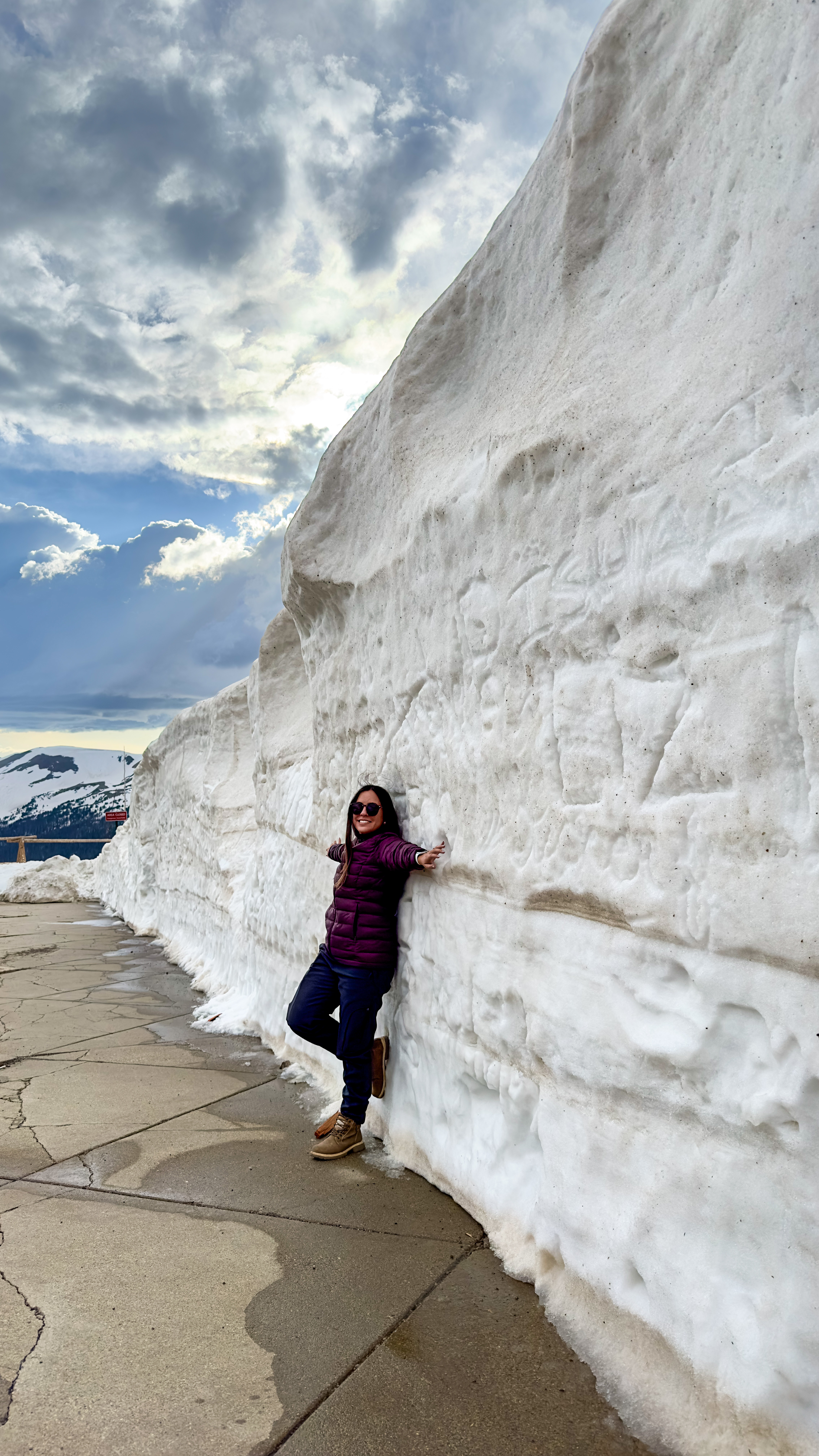
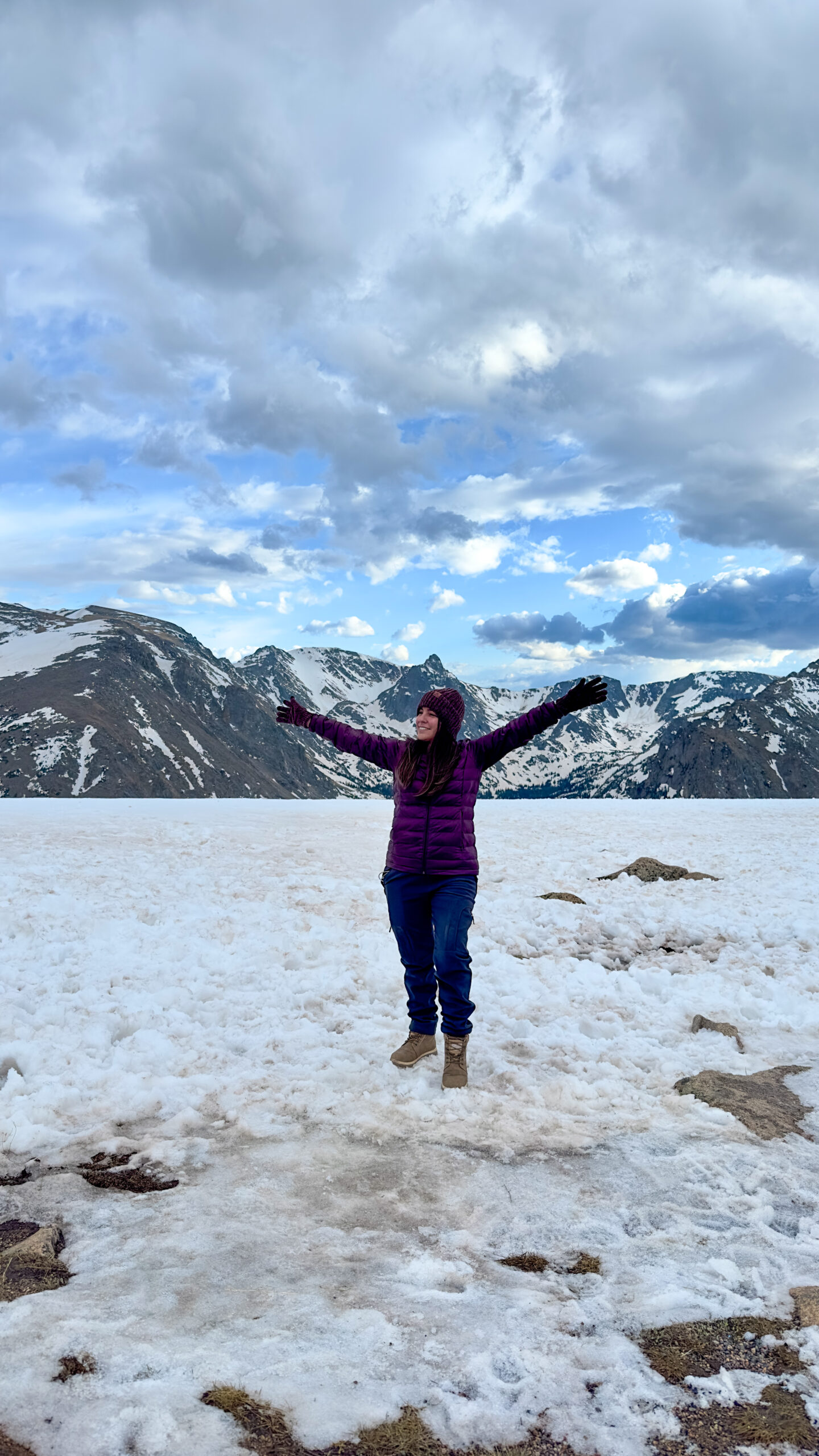
Best Viewpoints in the Park
If hiking isn’t your thing, drive along Trail Ridge Road for panoramic views and wildlife sightings. This is worth it even if you also choose to so some hikes. Trail Ridge Road is one of the most scenic drives in the U.S., stretching 48 miles through RMNP and reaching an elevation of 12,183 feet. It is the highest continuous paved road in North America, offering breathtaking views and plenty of scenic overlooks.
The road typically opens in late May or early June and closes in mid-October, depending on snowfall. If you plan to drive it, be prepared for rapidly changing weather and limited oxygen at higher elevations. Also, be prepared for a very winding road with steep drop-offs and not a lot of guard rails. Avoid driving yourself if you are afraid of heights. I am afraid of heights so I didn’t attempt to drive and it still was nerve-wracking but so worth it.
Here are a few must-visit spots for incredible scenery:
- Many Parks Curve Overlook – A fantastic stop along Trail Ridge Road with sweeping views of Moraine Park and the surrounding mountains.
- Forest Canyon Overlook – A dramatic viewpoint along Trail Ridge Road showcasing deep valleys and rugged peaks.
- Rainbow Curve – At over 10,000 feet, this overlook provides panoramic views of the valleys below and distant mountain ranges.
- Bear Lake – One of the most picturesque spots in the park, perfect for sunrise photography.
- Gore Range Overlook – One of the highest points along Trail Ridge Road, offering unobstructed views of the Gore Range.
- Alpine Visitor Center – At 11,796 feet, this location provides one of the best vantage points for taking in the high-altitude landscape.
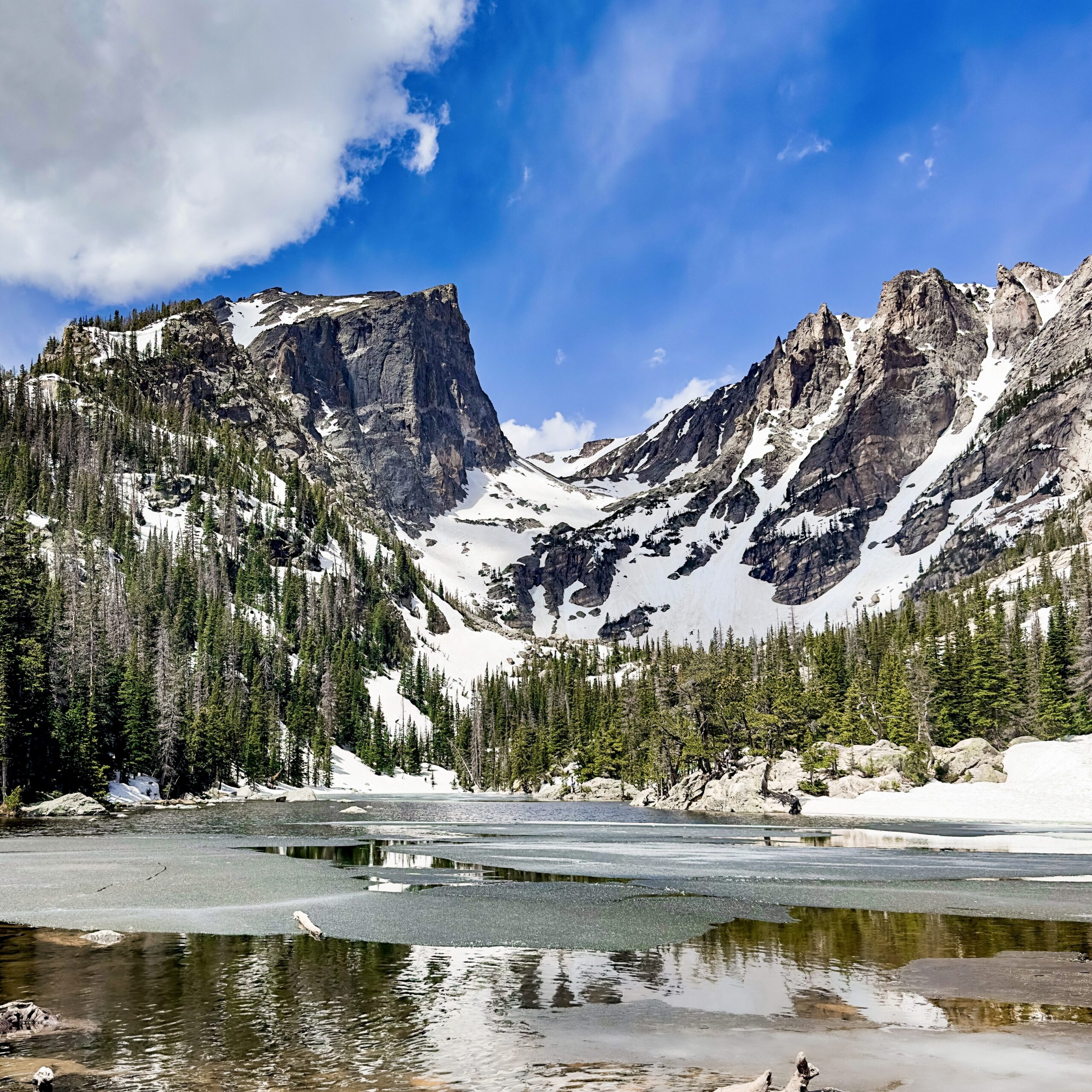

Wildlife and Wildlife Viewing
Rocky Mountain National Park is home to a diverse range of wildlife, making it a fantastic destination for animal lovers and photographers. Here’s what you need to know about wildlife viewing:
- Common Wildlife Sightings – You can often see elk, mule deer, moose, bighorn sheep, black bears, and marmots. If you’re lucky, you might even spot a mountain lion or bobcat.
- Best Places for Wildlife Viewing – Some of the best spots to see animals include Moraine Park, Horseshoe Park, and the Kawuneeche Valley. Elk are especially abundant in the fall during the rutting season.
- Wildlife Safety – Always maintain a safe distance from animals. They are wild after all. Never approach, feed, or disturb wildlife, as this can be dangerous for both you and the animals. Keep at least 75 feet away from elk and deer, and at least 120 feet from predators like bears.
- Best Times to Spot Wildlife – Early morning and late evening are the best times to see animals, as they are more active during these hours.
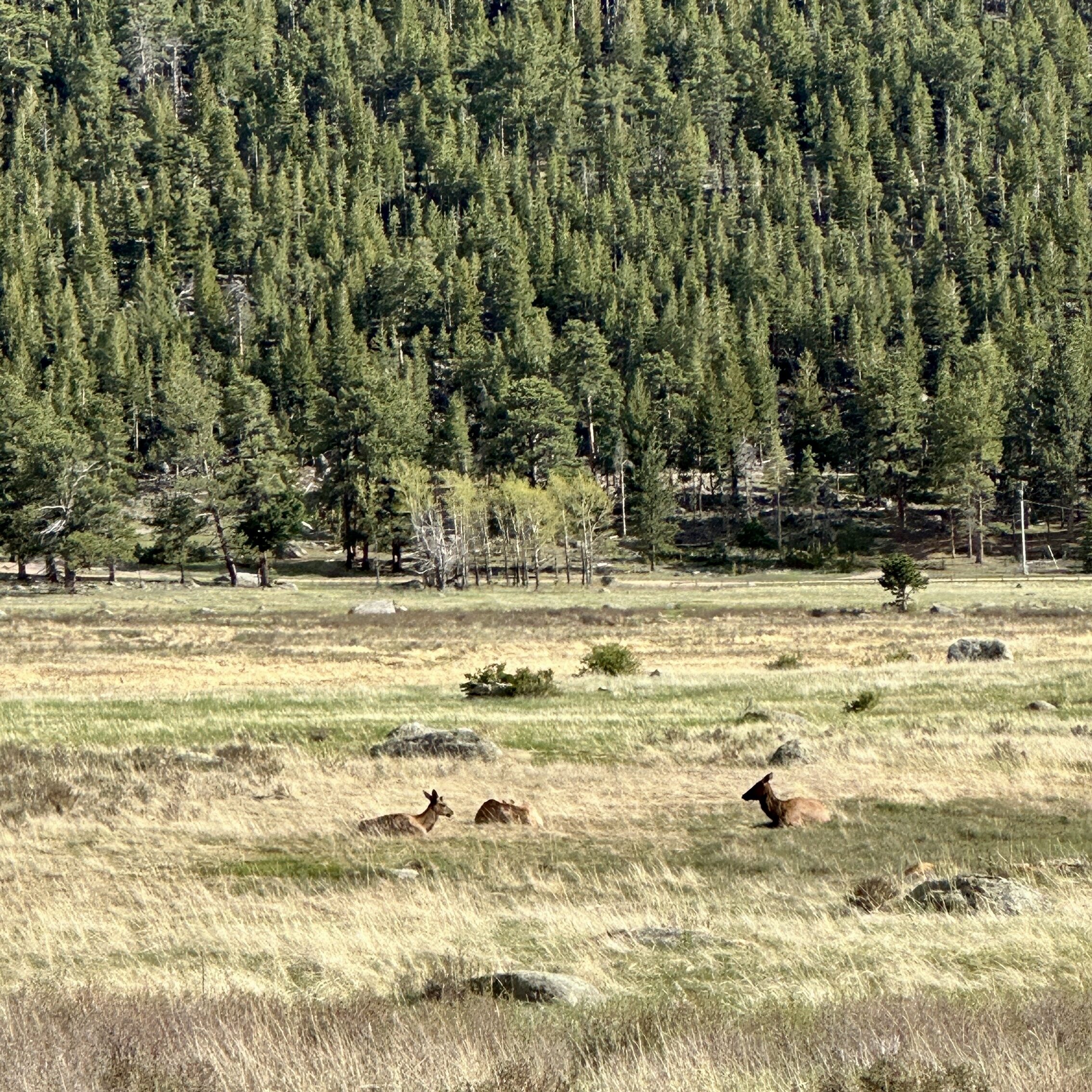
Rocky mountain national park tours And Activities
If you prefer guided experiences, consider these activities:
- Wildlife Watching Tour – RMNP is home to elk, moose, black bears, and bighorn sheep. A guided tour increases your chances of seeing these majestic creatures.
- Stargazing – The park’s high elevation and lack of light pollution make for incredible stargazing opportunities.
- Snowshoeing – If visiting in winter, go explore the snowy wonderland.
Food and Drink Guide
There are no restaurants inside RMNP, so packing snacks and meals is essential. However, nearby Estes Park has some fantastic dining options. Our favorites include:
- Bird & Jim – A must-visit for farm-to-table dishes with a Rocky Mountain twist.
- The Rock Inn Mountain Tavern – Great for post-hike comfort food and live music.
- Kind Coffee – The perfect spot for a pre-hike caffeine boost with beautiful river views.
- Smokin’ Dave’s BBQ – If you’re craving hearty barbecue, this place is unbeatable.
RMNP Highlights Map
This map includes all of our favorite locations around the park
Weather and Safety: Storms and Lightning
Rocky Mountain National Park is known for its unpredictable weather, especially in the summer months when afternoon thunderstorms are common. Lightning is a serious hazard, particularly at higher elevations and exposed areas. Hikers should start early in the morning to avoid being caught in storms, which typically develop after noon. If you hear thunder, seek shelter immediately and avoid ridgelines, open fields, bodies of water, or staying under trees. Always check the weather forecast before heading out and be prepared to turn back if conditions change.
What to Pack
Packing smart can make your visit to RMNP more enjoyable. Here are some essentials:
- Layers of Clothing – Weather can change quickly, so bring a waterproof jacket, warm layers, and breathable hiking clothes. We love our Packable Lightweight Water-Resistant Puffer Jackets from Amazon. Eric wears this one and I wear this one often.
- Sturdy Hiking Boots – Comfortable, well-broken-in boots are a must for tackling RMNP’s trails. Eric is very happy with his Salomon boots and I love my Keens.
- Microspikes or Crampons – You don’t want to be slipping around in the snow. Crampons will provide added security and will prevent falls. These are the ones we use and highly recommend.
- Trekking Poles – Helpful for stability on steep or rocky trails. We use these.
- Backpack – A good daypack to carry essentials like snacks, water, and extra clothing. We only do day hikes (no backpacking for us) and have been very happy with these two: Skysper for Eric and N Nevo Rhino for me.
- Water and Snacks – Hydration is key, and trail-friendly snacks keep your energy up. Water bladders like this make hydration easier.
- Sun Protection – Sunglasses, sunscreen, and a hat are crucial at high altitudes.
- First Aid Kit – Always good to have in case of minor injuries. We always take this one from Amazon.
- Headlamp or Flashlight – Essential for early morning or late evening hikes. This one is our favorite.
- Bear Spray – While encounters are rare, it’s better to be prepared.
Here’s a full list of our favorite hiking and cold weather essentials from Amazon. We use these items ourselves and recommend them!


Final Thoughts
Rocky Mountain National Park is one of those places that captures your heart. Whether you’re a seasoned adventurer or a casual traveler, the park has something for everyone. From the moment we drove through those towering peaks to our final sunset over Bear Lake, we knew RMNP would always be a special place for us.
If you’re looking for a destination that combines natural beauty, adventure, and tranquility, look no further. Pack your hiking boots, charge your camera, and get ready for an unforgettable journey into the wild heart of Colorado!
